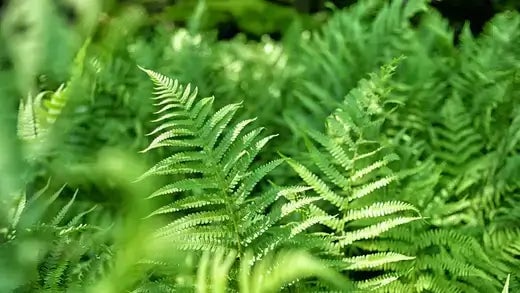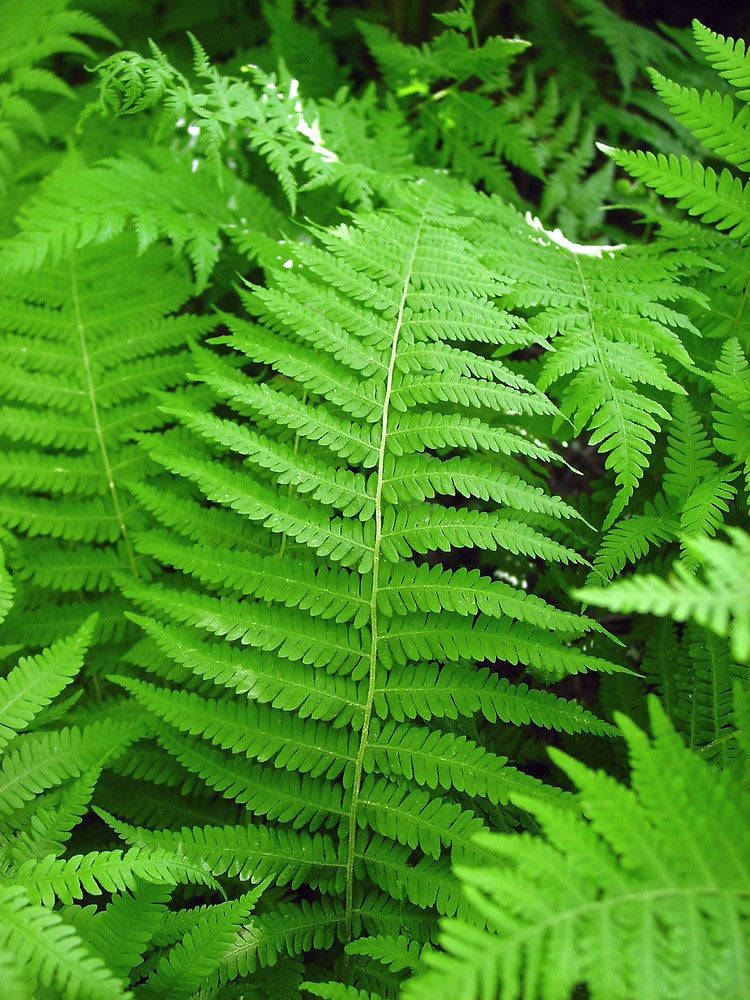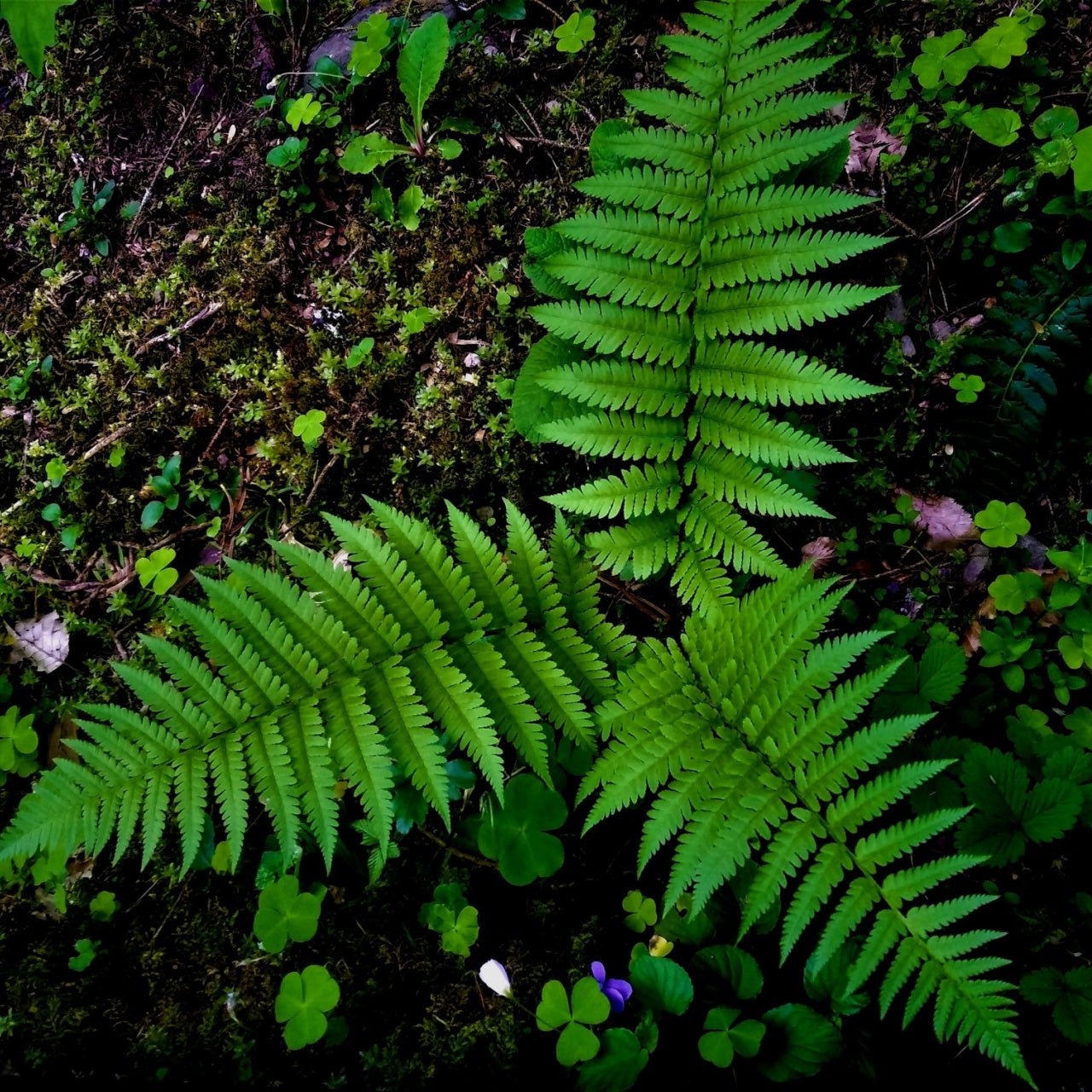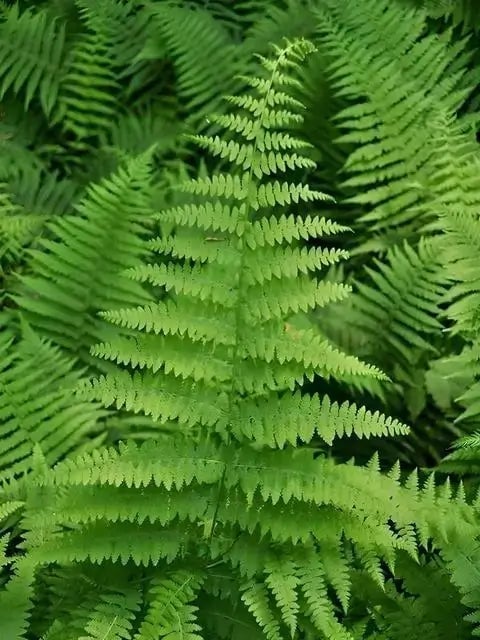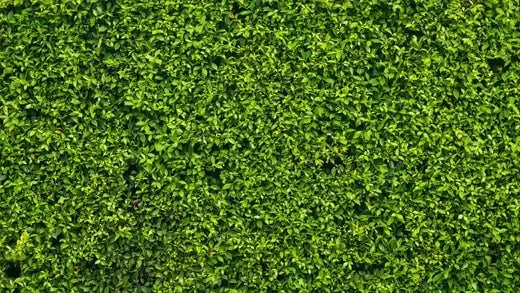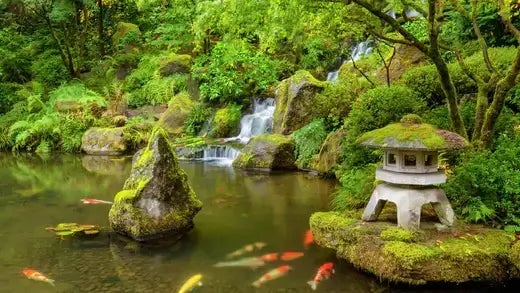Creating Tranquil Low-Maintenance Shade Gardens with Fern Varieties
In the hustle and bustle of modern life, finding solace in the natural world has become increasingly important. One way to achieve this is by cultivating a shade garden that provides a serene and calming atmosphere. Among the various options available, ferns are quintessential shade-loving plants requiring minimal maintenance. In particular, New York, lady, hay-scented, and maidenhair ferns offer unique beauty and practicality in low-light environments. The Allure of Shade Gardens Shade gardens offer a retreat from the harsh sun and the opportunity to create a lush, tranquil environment. These gardens are typically characterized by their cool, understated color palette and various textures. Ferns, with their intricate fronds and delicate elegance, are natural candidates for such spaces. Unlike sun-loving plants that demand frequent watering and sunlight, ferns flourish in the subdued light of shaded areas, making them excellent choices for low-maintenance gardens.
1. New York Ferns (Thelypteris noveboracensis)
Native to the Eastern United States, New York ferns are well-suited for shade gardens due to their adaptability and graceful appearance. Their vibrant green fronds, reaching around 2 to 3 feet, add a touch of woodland charm to any space. These ferns prefer moist, well-draining soil and can tolerate various soil types, quickly incorporating them into existing garden layouts. New York ferns' low-maintenance requirements include periodic watering to ensure the soil remains consistently moist. A layer of organic mulch helps retain moisture and suppresses weed growth, reducing the need for frequent attention. These ferns naturally resist pests and diseases, contributing to their ease of care. Their ability to thrive in full and partial shade allows for flexible garden design options.
2. Lady Ferns (Athyrium filix-femina)
Lady ferns are a classic choice for shade gardens, known for their delicate fronds that unfurl enchantingly. With their feathery appearance and shades of green, these ferns bring a soft and romantic touch to shaded landscapes. Lady ferns prefer consistently moist soil, and while they tolerate shade, they tend to thrive best in areas with spotty sunlight or morning sun. These ferns require minimal care, mainly involving regular watering. Lady ferns' adaptability to different soil types makes them a choice for those seeking a low-maintenance shade garden with a touch of elegance.
3. Hay-Scented Ferns (Dennstaedtia punctilobula)
Hay-scented ferns offer a unique addition to shade gardens with their finely textured fronds that emit a subtle scent reminiscent of freshly cut hay when brushed against. These ferns spread rapidly, forming dense carpets that help suppress weed growth and provide a lush ground cover in shaded areas. Their growth habit makes them particularly effective in naturalistic or woodland-inspired garden designs. One of the critical benefits of hay-scented ferns is their exceptional tolerance to various soil conditions, including poor and rocky soils. This adaptability significantly reduces the need for soil amendments and intensive care. They do best in moist environments, but once established, they can withstand periods of drought without undue stress. The rapid growth of these ferns also aids in preventing soil erosion, adding to their practicality in low-maintenance landscapes.
4. Maidenhair Ferns (Adiantum spp.)
Maidenhair ferns are prized for their delicate, fan-shaped fronds that dance in the slightest breeze. Their elegance and airiness make them a sought-after choice for adding visual interest to shade gardens. While some species of maidenhair ferns can be more demanding regarding humidity and care, they can still be incorporated into low-maintenance designs with proper attention. Maidenhair ferns require consistently moist soil and benefit from high humidity levels. Mulching around their base helps maintain soil moisture and protects their shallow root systems. Regular misting or placing a humidity tray nearby can aid in creating the necessary moisture levels. Despite their specific needs, the beauty that maidenhair ferns bring to a shade garden justifies the extra care they may require.
Cultivating a serene and low-maintenance shade garden is achievable with the right plant choices. New York, lady, hay-scented, and maidenhair ferns offer diverse options to suit various preferences and garden designs. Their adaptability, resistance to pests, and minimal care requirements make them ideal candidates for creating a tranquil oasis that requires less upkeep while providing abundant natural beauty. By harnessing the unique qualities of these fern varieties, individuals can craft captivating shade gardens that invite moments of relaxation and contemplation amidst the soothing embrace of nature.


